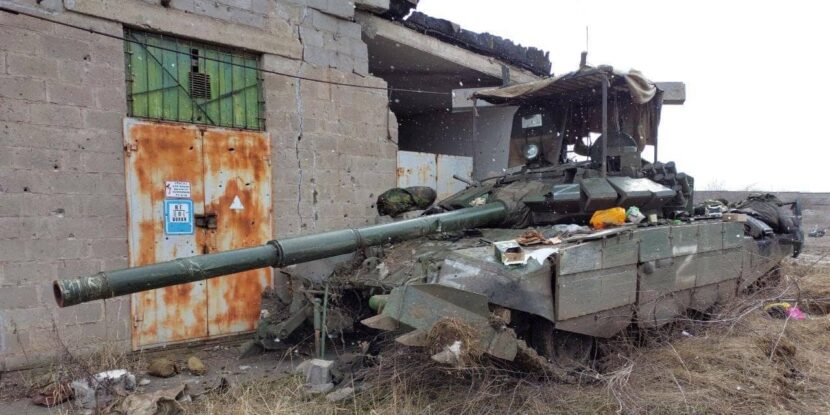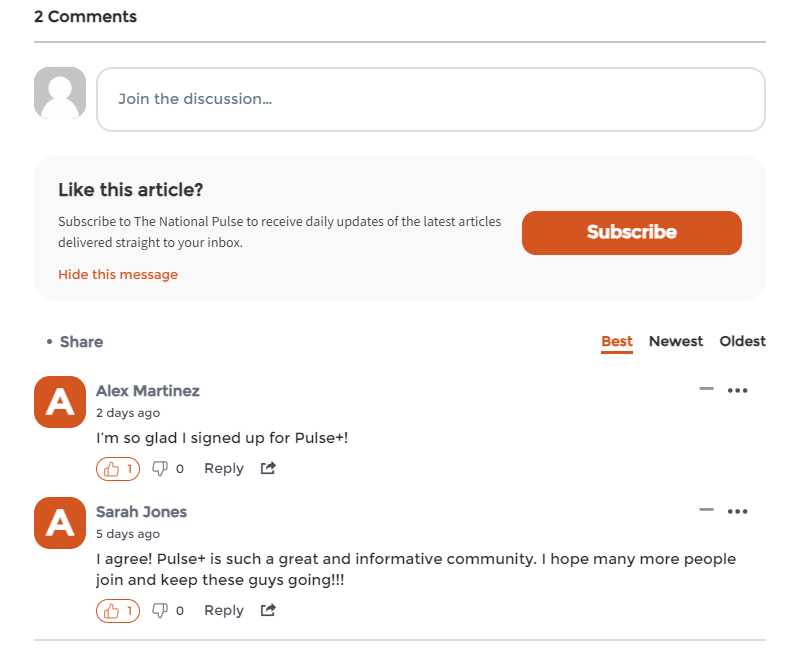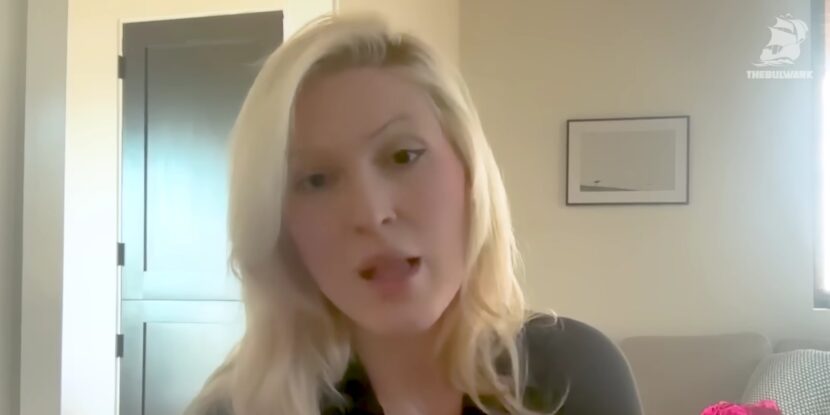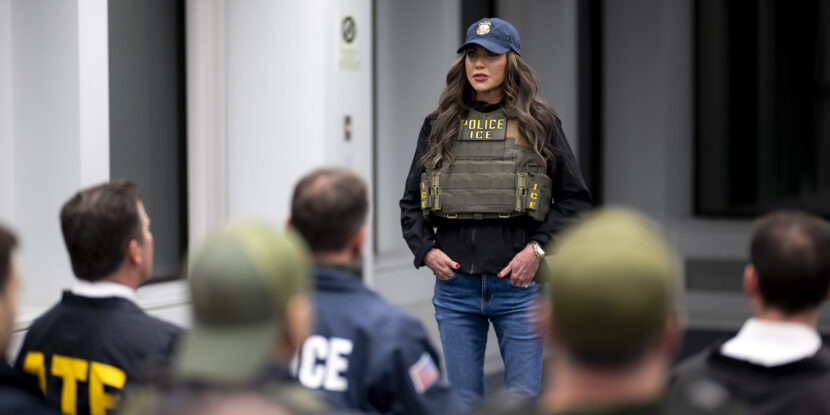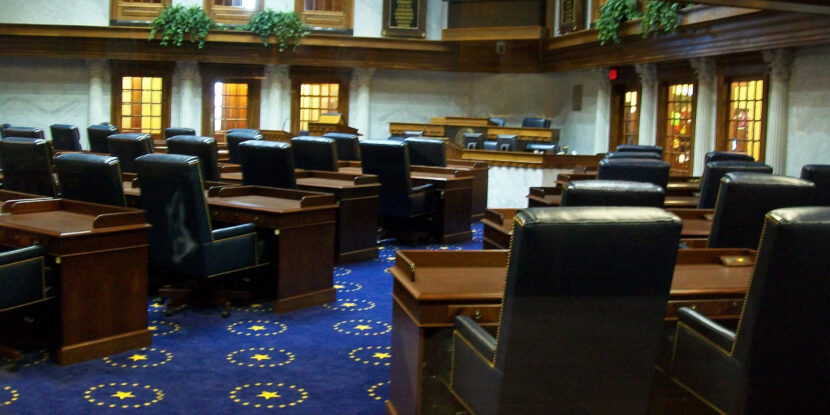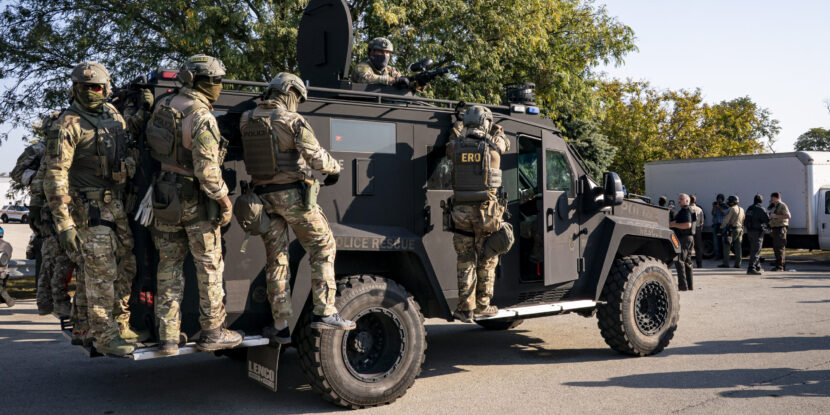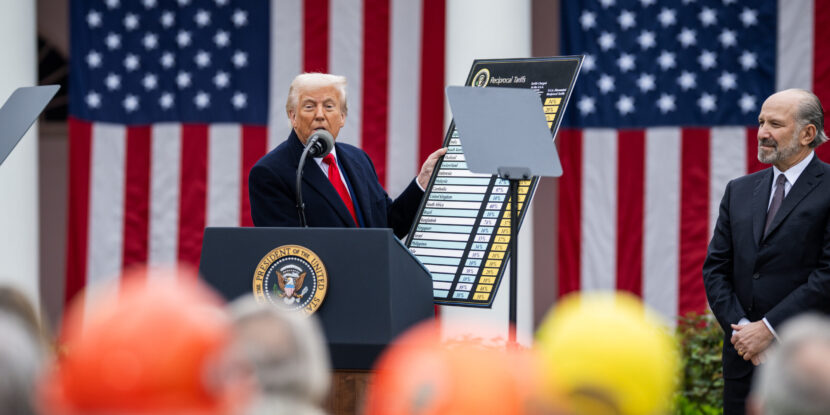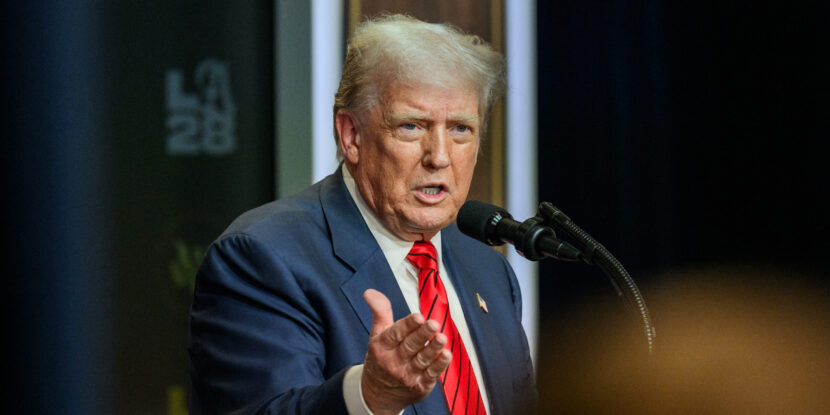PULSE POINTS:
❓What Happened: The U.S. State Department confirmed on May 1, 2025, that it will no longer mediate peace talks between Ukraine and Russia, shifting responsibility to Kiev and Moscow to resolve the conflict.
👥 Who’s Involved: Vice President J.D. Vance, State Department spokeswoman Tammy Bruce, President Donald J. Trump, and leaders in Ukraine and Russia.
📍 Where & When: Announced by the State Department in Washington, D.C., on May 1, 2025, with Vance’s comments on Fox News.
💬 Key Quote: Vice President Vance stated, “It’s not going anywhere… it’s not going to end any time soon,” emphasizing that “it would now be up to them to come to an agreement and stop this brutal, brutal conflict.”
⚠️ Impact: The U.S. withdrawal from mediation signals a strategic pivot, allowing the Trump administration to focus on domestic priorities instead of a foreign war, while pressuring both sides to take ownership of peace negotiations.
IN FULL:
The United States is stepping back from its role as a mediator in peace negotiations between Ukraine and Russia, a move confirmed by the State Department on May 1, 2025. Vice President J.D. Vance delivered a stark warning about the war’s trajectory, telling Fox News, “It’s not going anywhere… it’s not going to end any time soon.” He stressed that the onus is now on Kyiv and Moscow to resolve the conflict, stating, “It would now be up to them to come to an agreement and stop this brutal, brutal conflict.”
State Department spokeswoman Tammy Bruce elaborated on the policy change, noting that the U.S. is altering “the methodology of how we contribute” to the talks. She made clear that the days of extensive U.S. involvement are over, saying, “We will continue to help, but we will no longer fly around the world as mediators in meetings.”
Bruce added, “Now it is up to the two sides, the time has come when they must present and develop concrete ideas on how to end this conflict. It will be up to them.” The announcement follows the State Department’s warning that it would withdraw unless “concrete proposals” emerged from both parties, a condition unmet amid escalating violence, including Russia’s largest assault on Kiev since July 2024, which killed at least 12 and injured 90, according to Ukrainian officials.
Vance highlighted President Trump’s efforts to bring both sides to the negotiating table, but emphasized that the U.S. will no longer lead the mediation process. The Kremlin has expressed openness to direct talks but rejected a recent U.S. peace proposal, insisting on international recognition of its seized territories—a demand Ukraine staunchly opposes.
With both sides entrenched, the U.S. decision to step back allows the Trump administration to redirect its focus to pressing domestic issues such as economic renewal and mass deportations, while pushing Kiev and Moscow to take responsibility for ending their conflict.
